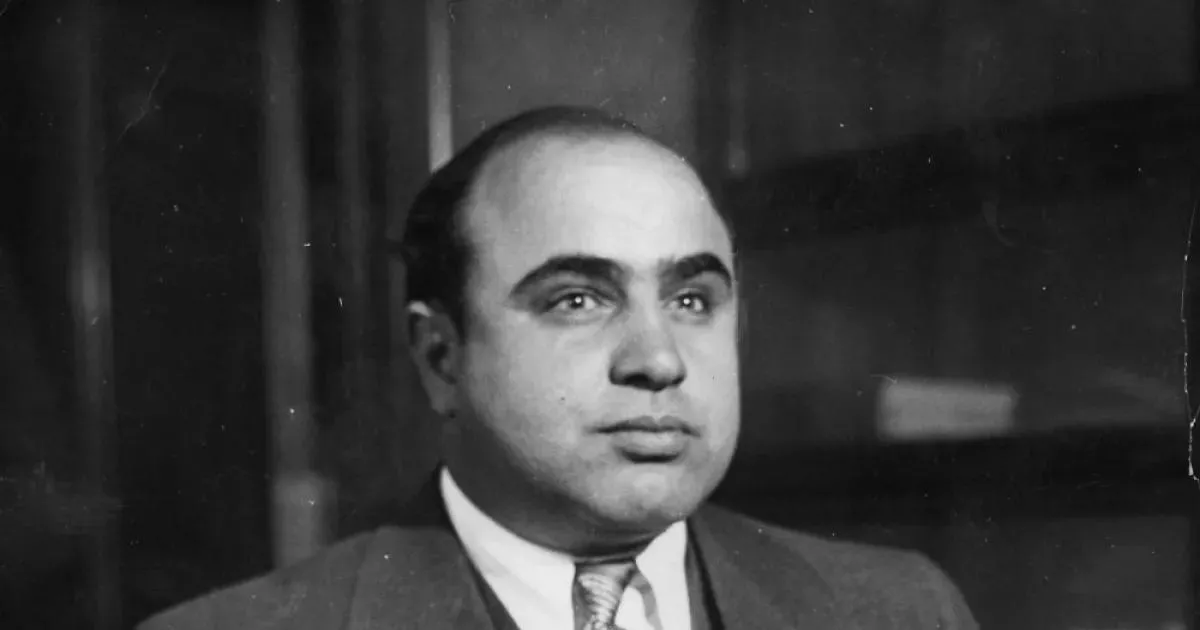Life is full of challenges, and Al Capone faced many. Discover key struggles and how they were overcome.
Alphonse "Scarface" Capone was a notorious American gangster and businessman. He rose to infamy during the Prohibition era as the boss of the Chicago Outfit from 1925 to 1931. Capone's criminal empire thrived for seven years until his imprisonment at the age of 33, marking the end of his reign as a powerful crime boss.
1924: Capone's income tax evasion
On March 13, 1931, Al Capone was charged with income tax evasion for 1924, in a secret grand jury.
1925: Capone's income tax evasion
On June 5, 1931, Al Capone was indicted by a federal grand jury on 22 counts of income tax evasion from 1925 through 1929.
1928: Capone's income for 1928
In 1928, Al Capone's lawyer made admissions that Capone was willing to pay tax on income of $100,000.
February 14, 1929: Saint Valentine's Day Massacre
On the morning of February 14, 1929, Capone's men, disguised as police officers, executed the Saint Valentine's Day Massacre at Moran's headquarters on North Clark Street. The massacre resulted in public outrage and damaged Capone's image.
March 27, 1929: Capone arrested by FBI agents
On March 27, 1929, Al Capone was arrested by FBI agents as he left a Chicago courtroom after testifying to a grand jury investigating violations of federal prohibition laws. He was charged with contempt of court for feigning illness to avoid an earlier appearance.
May 1929: Plot uncovered by Frank Rio
In May 1929, Frank Rio, one of Capone's bodyguards, discovered that Albert Anselmi, John Scalise and Joseph Giunta were planning to depose Capone and take over the Chicago Outfit.
May 16, 1929: Capone arrested in Philadelphia
On May 16, 1929, Al Capone was arrested in Philadelphia, Pennsylvania, for carrying a concealed weapon.
May 17, 1929: Capone indicted by a grand jury
On May 17, 1929, Al Capone was indicted by a grand jury and a trial was held before Philadelphia Municipal Court Judge John E Walsh. Capone was sentenced to a prison term of one year.
August 8, 1929: Capone transferred to Philadelphia's Eastern State Penitentiary
On August 8, 1929, Al Capone was transferred to Philadelphia's Eastern State Penitentiary.
1929: Saint Valentine's Day Massacre
In 1929, Al Capone was widely assumed to have ordered the Saint Valentine's Day Massacre, which aimed to eliminate Bugs Moran, leader of the North Side Gang. The motive may have been the hijacking of expensive whisky illegally imported from Canada.
1929: Capone's income for 1929
In 1929, Al Capone's lawyer made admissions that Capone was willing to pay tax on income of $100,000.
February 1930: Capone's organization linked to Rosenheim's murder
In February 1930, Al Capone's organization was linked to the murder of Julius Rosenheim, who served as a police informant in the Chicago Outfit for 20 years.
April 1930: Capone arrested on vagrancy charges
In April 1930, Al Capone was arrested on vagrancy charges while visiting Miami Beach. He was later charged with perjury but acquitted in July.
1930: Ralph Capone tried for tax evasion
In 1930, Ralph Capone, Al's brother, was tried for tax evasion and spent the next 18 months in prison after being convicted in a two-week trial over which Wilkerson presided.
1930: Aiello's continued plotting against Capone
In 1930, upon learning of Aiello's continued plotting against him, Capone resolved to finally eliminate him. Capone's men tracked him to Rochester, New York, and plotted to kill him there, but Aiello returned to Chicago before the plot could be executed.
1930: Capone's letter to federal authorities
On the second day of the trial, July 30, 1931, Judge Wilkerson deemed that the 1930 letter to federal authorities could be admitted into evidence.
February 1931: Capone tried on contempt of court charge
In February 1931, Al Capone was tried on the contempt of court charge. Judge James Herbert Wilkerson sentenced Capone to six months, but he remained free while on appeal of the contempt conviction.
March 13, 1931: Capone charged with income tax evasion
On March 13, 1931, Al Capone was charged with income tax evasion for 1924, in a secret grand jury.
April 6, 1931: Anton J. Cermak winning the mayoral election
The Saint Valentine's Day Massacre led to public outcry about Thompson's alliance with Capone, and this was a factor in Anton J. Cermak winning the mayoral election on April 6, 1931.
June 5, 1931: Capone indicted on income tax evasion
On June 5, 1931, Al Capone was indicted by a federal grand jury on 22 counts of income tax evasion from 1925 through 1929 and was released on $50,000 bail. Capone was then indicted on 5,000 violations of the Volstead Act (Prohibition laws).
June 16, 1931: Capone pleads guilty to income tax evasion
On June 16, 1931, at the Chicago Federal Building in the courtroom of Wilkerson, Al Capone pleaded guilty to income tax evasion and the 5,000 Volstead Act violations as part of a 2+1⁄2-year prison sentence plea bargain.
July 30, 1931: Wilkerson refused to honor the plea bargain
On July 30, 1931, Judge Wilkerson refused to honor the plea bargain, and Al Capone's counsel rescinded the guilty pleas. On the second day of the trial, Wilkerson deemed that the 1930 letter to federal authorities could be admitted into evidence.
October 17, 1931: Capone convicted on income tax evasion
On October 17, 1931, Al Capone was convicted on five counts of income tax evasion and was sentenced to 11 years in federal prison, fined $50,000 plus $7,692 for court costs, and was held liable for $215,000 plus interest due on his back taxes.
1931: Capone Convicted of Tax Evasion
In 1931, Al Capone was convicted on five counts of tax evasion and sentenced to eleven years in federal prison. The conviction was based on his admissions of income and unpaid taxes.
1931: End of Reign as Crime Boss
In 1931, Al Capone's seven-year reign as a crime boss concluded when he was imprisoned at the age of 33.
May 1932: Capone sent to Atlanta U.S. Penitentiary
In May 1932, at the age of 33, Al Capone was sent to Atlanta U.S. Penitentiary where he was officially diagnosed with syphilis and gonorrhea. He was also experiencing withdrawal symptoms from cocaine addiction.
1932: Ralph Capone Imprisoned for Tax Evasion
In 1932, Ralph Capone was imprisoned for tax evasion. He had managed Al's bottling companies and acted as the front man for the Chicago Outfit.
August 1934: Capone moved to Alcatraz Federal Penitentiary
In August 1934, Al Capone was moved to the recently opened Alcatraz Federal Penitentiary off the coast of San Francisco.
June 23, 1936: Capone stabbed in Alcatraz
On June 23, 1936, Al Capone was stabbed and superficially wounded by fellow Alcatraz inmate James C. Lucas.
February 1938: Diagnosis of Syphilis
In February 1938, while at Alcatraz, Al Capone was formally diagnosed with syphilis of the brain, marking a significant decline in his mental state.
November 16, 1939: Release from Prison and Referral to Johns Hopkins
Due to failing health, Al Capone was released from prison on November 16, 1939, and was referred to Johns Hopkins Hospital in Baltimore for treatment.
1946: Mental State Assessed
In 1946, Al Capone was examined by his physician and a Baltimore psychiatrist, who concluded that he had the mentality of a 12-year-old child.
January 21, 1947: Stroke
On January 21, 1947, Al Capone suffered a stroke, leading to further health complications.
Mentioned in this timeline
California is a U S state on the Pacific Coast...
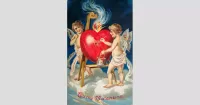
Valentine's Day observed annually on February th began as a...
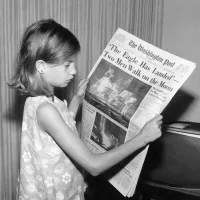
News encompasses information about current events disseminated through various media...
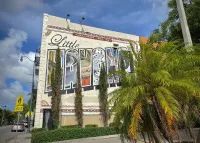
Miami is a major coastal city located in Florida United...
Florida a state in the Southeastern United States is largely...
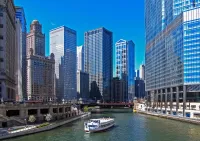
Chicago is the most populous city in Illinois and the...
Trending

7 days ago Karl-Anthony Towns Expresses Desire to Extend Stay with Knicks Amid Contract Stalls

6 days ago Bam Adebayo Unhappy with Anthony Davis Trade Rumors, NBA Volatility Impacting Players

3 days ago Tottenham vs Brentford and Man City vs Sunderland: Premier League Football Action
7 months ago Galatasaray vs Kayserispor: Match Details, Championship Hopes, and Okan Buruk's Strategy

Mason Greenwood is an English professional footballer currently playing as a forward for Marseille in Ligue He rose through the...
4 months ago Eli Lilly's Obesity Pill Shows Promising Weight Loss Results in Phase 3 Trial
Popular
Matt and Ross Duffer known as the Duffer Brothers are...

Candace Owens is an American conservative political commentator and author...

Ilhan Omar is an American politician currently serving as the...

XXXTentacion born Jahseh Dwayne Ricardo Onfroy was a controversial yet...

Tom Cotton is an American politician and Army veteran currently...
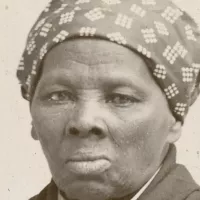
Harriet Tubman was a pivotal American abolitionist and social activist...
